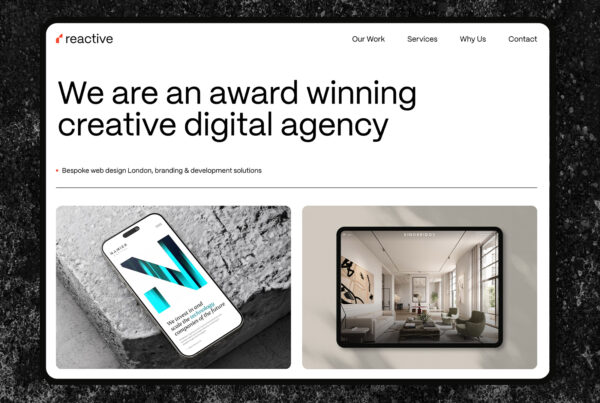With more and more users switching to mobile platforms the face of web development is changing.
New browsers supporting HTML5 and CSS3 are raising web design standards. The increase in mobile browsing has created a need for more streamlined and accessible websites. New CSS3 frameworks have cut down development times greatly.
Minimalism
Less is more? The use of large photo backgrounds and minimalist layouts is ever popular. With on the move browsing, keeping user attention is key! Many websites are using white space as a design tool encouraging user focus towards the main content. A simple landing page is a great way of capturing and retaining audience attention.
The never-ending story
Increasingly popular is ‘infinite scrolling’ allowing users to navigate web pages without reloading pages. Facebook and Twitter use this to great effect allowing new comments to scroll without having to navigate to the ‘next page’.
Header bars
Fixed header bars are great for navigating a site. As visitors scroll down a page the header bar will remain on screen allowing for easy access back to the home page. This design not only looks great but also works well with almost any layout.
Illustration
Since standing out on the web is so important, illustrations are being used more and more to catch user attention. As a visual communication tool, digital illustration is integral for supporting a web brand/ design.
Responsive web design
Responsive layouts are designed to respond and react to all platforms. The developers goal is to create a website that will react and adapt to all browser devices. Web designers are customizing layouts based on limited or expanded screen space. For smartphone and tablet users some elements of a site may need to be collapsed or cropped but for larger browser windows new graphic or text elements can be incorporated into the layout.
The web continues to grow at an alarming rate and intuitive and user-friendly design is key.
Check out web design trends from previous years:


